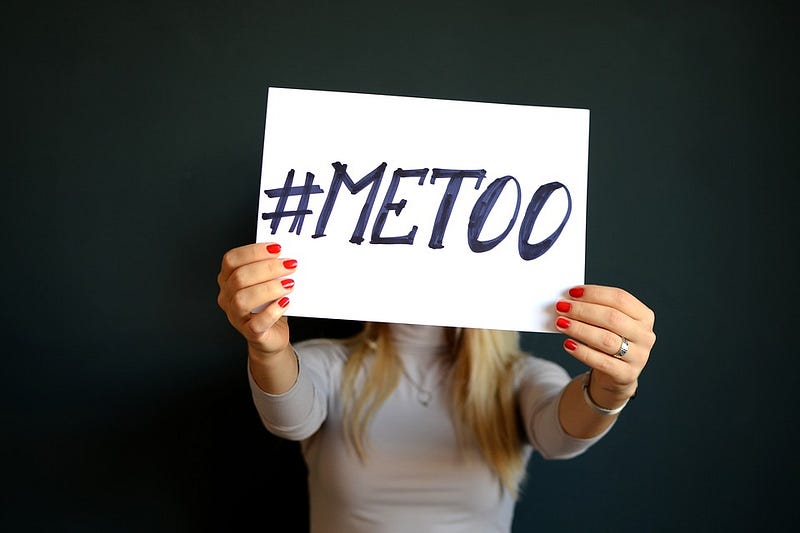
Photo Courtesy of Pixabay
On Oct. 18, Assistant Professor of Anthropology Mariam Durrani gave a presentation titled “The Paradox of #MeToo: When Hashtags Aren’t Enough” at the When We Speak: Sex, Power, and the #MeToo Movement Conference at William Paterson University.
Durrani summarized her presentation, saying that it “focused on a linguistic anthropological analysis of how the hashtag came to be, how it’s been weaponized, and briefly how it has offered another resource for global movements to address gender-based violence and assault.”
Her presentation was part of William Paterson University’s Context series, which Durrani described as their yearly multidisciplinary conference, adding that her presentation was “one of five that day by scholars from history, American studies, and economics invited to speak on this topic.” The topic of the conference changes every year.
The phrase “Me Too” was first used in 2006 by civil rights activist Tarana Burke in the hopes that it would help the issue of sexual assault gain more widespread attention.
Durrani says that Burke “explains that she saw “#MeToo” as a way for others to connect around stories of sexual abuse, to share solidarity, and to empower girls and women who felt that they had to hide their stories,”
In 2017, following over 80 allegations against Harvey Weinstein for sexual assaulting female colleagues and employees in the film industry, the #MeToo hashtag went viral, garnering widespread visibility for the campaign, with actress Alyssa Milano being credited as one of the first to use the hashtag on Twitter.
Burke and people all over the world celebrate the use of #MeToo as a means for sexual assault survivors to feel empowered and come together to speak about their experiences with assault. In her presentation, Durrani discusses “how the phrase went from an interactional context to a social media context where the audience is not just people in the room, but the entire Twitter public.”
Durrani argues that this interactional context is the reason why the #MeToo movement was able to grow so quickly. “Hashtags are designed for indexing and search functions, but also work performatively to tell audiences what a tweet is really about,” Durrani explained.
“#MeToo originated in a person-to-person interaction as a response to a personal revelation/narration of trauma and because of this, there is a deeply affective component to this discursive formation. With these two words, each user insists that she/he can relate, that she/he has inside knowledge of this.”
While #MeToo has largely been received as a groundbreaking, unifying, and powerful movement for sexual assault survivors, its popularity on Twitter has also been accused of causing both division and confusion.
Durrani acknowledges these conflicts and misunderstandings. She says that oftentimes, “the challenge is that social media platforms are not designed for social change movements. They are designed for profit-making through advertising, and so while the clicks Twitter gets for #MeToo tweets that create solidarity for this issue are popular, so is the widespread discourse against #MeToo.”
Durrani believes that the juxtaposition of unity and division with regards to the #MeToo movement is indicative of further work needed. “I discuss that the paradox of the hashtag is that while it can create these connections, it can also further fragment and misinform the larger public and that is where hashtags are simply not enough,” Durrani said.
“We need to think across institutions of how do we hold abusers accountable and how do we protect survivors in this misogynist/sexist media climate.”
Through her work, Durrani describes a climate of tension and hatred that is still prevalent today, seen in recent events like the Brett Kavanaugh hearings and the shooting in Pittsburgh.
In this atmosphere fraught with paradoxes and complexities, she says it is important that we continue these discussions so that social movements are able to spark real and lasting change.
